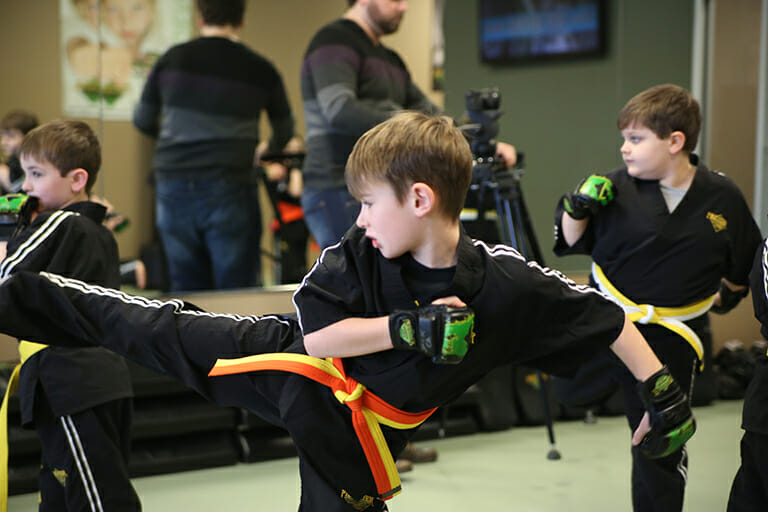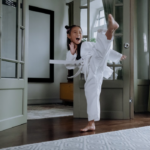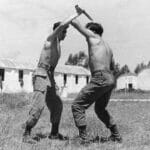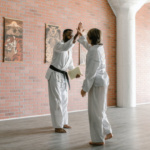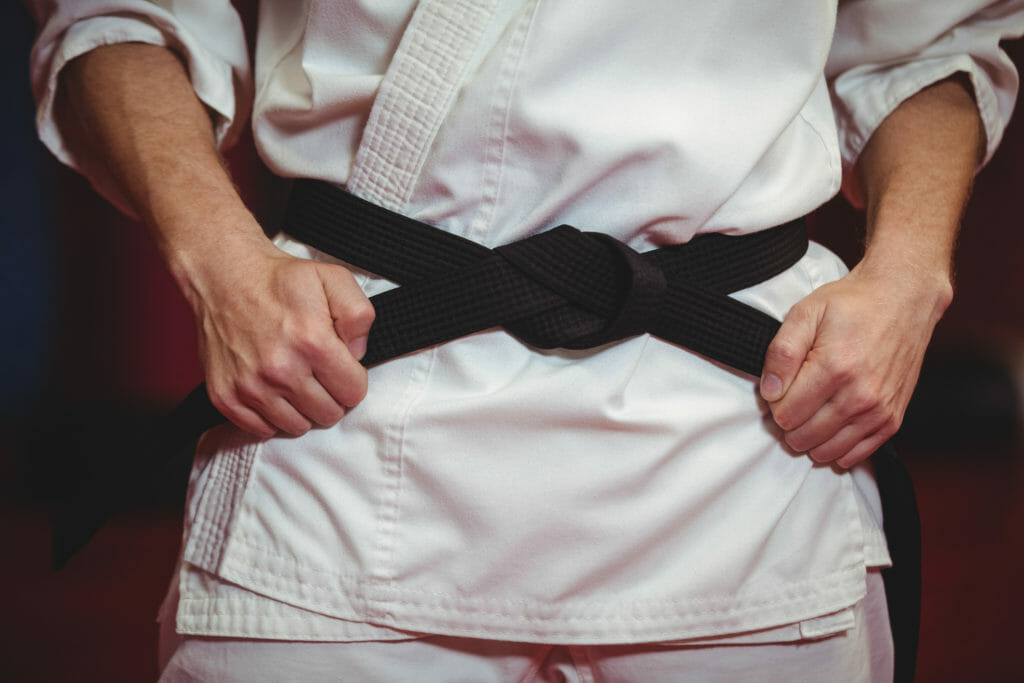
The famous black belt—a symbol of experience and expertise. While the black belt represents mastery, there’s also a bit of mystery around the black belt. Most new students start their journey in martial arts with a desire for obtaining a black belt. The famous black belt assumes a lot of weight in modern martial arts culture and that’s true among students of all disciplines.
Yet, there’s a lot that people don’t know about obtaining a black belt. We’ve got some of the unknown aspects of obtaining a black belt—from the history to the trivia—to give you a better idea of what a black belt really means.
A Little Bit About the Belt System in Karate
If you want to show off your karate culture knowledge to your fellow students, you can use the Japanese term for your karate belt: obi. While many karate students already know the term obi, the next level of karate knowledge is knowing the Japanese term for black belt: kuro obi. The term obi can also refer to the sash worn for a traditional Japanese robe, the kimono.
The first bit of knowledge that most people don’t know about the belt system is that it’s actually pretty new to karate. It wasn’t until the early 1900s that belts began to be used in a systematic way. In the 1920s, belts were introduced to mark a student’s skill and progress by using different colors.
Before this, marking progress in karate training was a little less fun. A system of certificates was often used to define a student’s skill. Beginners were called Shodan, intermediate students were named Chudan and the highest rank was called Jodan. Notice that suffix “dan” at the end of all those titles; you’ll see that word still used in karate today to differentiate between black belts. “Dan” is a term that means “level.”
Belts Beyond the Black Belt
The belt system and the karate uniform were adopted from Judo, another Japanese martial art. Before this, karate students practiced in a variety of uniforms, often just shorts or short pants. The originator of Judo created a belt system using colors, matching the colors to skill levels. The system was borrowed from a popular game of skill in the East called Go, a board game that some say is even more complex than chess.
The history of karate belts is deep and complex. Ultimately, six basic colors of belts began to be used for karate, which are familiar today. Listed in order from novice to expert, the belt colors students can obtain are white, yellow, green, blue, brown, and black. This basic color scheme is still used today in many dojos, though different associations and schools use different color schemes and award different types of belts.
Time and Tests
Now, what about getting that black belt? That’s what every student wants. The time that goes into obtaining a black belt is a common question from many students.
There are two different ways to measure progress: time and tests. Most dojos blend these two methods together to create a fair and transparent path towards progression in belts. However, belts are just an outward sign of your progress and can’t measure everything you can learn from karate. Many karate practitioners believe the black belt is just the start of the journey.
Some dojos have a minimum time you must spend in class to obtain a belt. In other words, you should show that you have committed to a certain number of hours or classes before you can take your next belt test.
Next comes the test to obtain your black belt. Most dojos, especially programs meant for kids, are very considerate with these tests. To avoid disappointment, they only let students belt test when they are certain they will pass. Your instructor might also take into consideration your prior martial arts experience. If you’re a black belt in another art, you may not begin as a white belt in karate or you may be allowed to accelerate your learning.
The time periods for belt tests differ from dojo to dojo. The farther you progress, you will see larger gaps in between tests. In other words, to go from your first belt to your second belt may only be a month or two. To go from brown belt to black belt could be a waiting period of a year or more.
Ready to Earn Your Black Belt in Karate?
The journey toward obtaining your black belt is rich and exciting—especially if you practice a martial arts studio you feel comfortable at and supported by. If you want to learn how Premier Martial Arts uses belts and the different ranks, you can give us a call for more information. Start the rewarding journey towards your black belt today by finding your local Premier Martial Arts studio.


